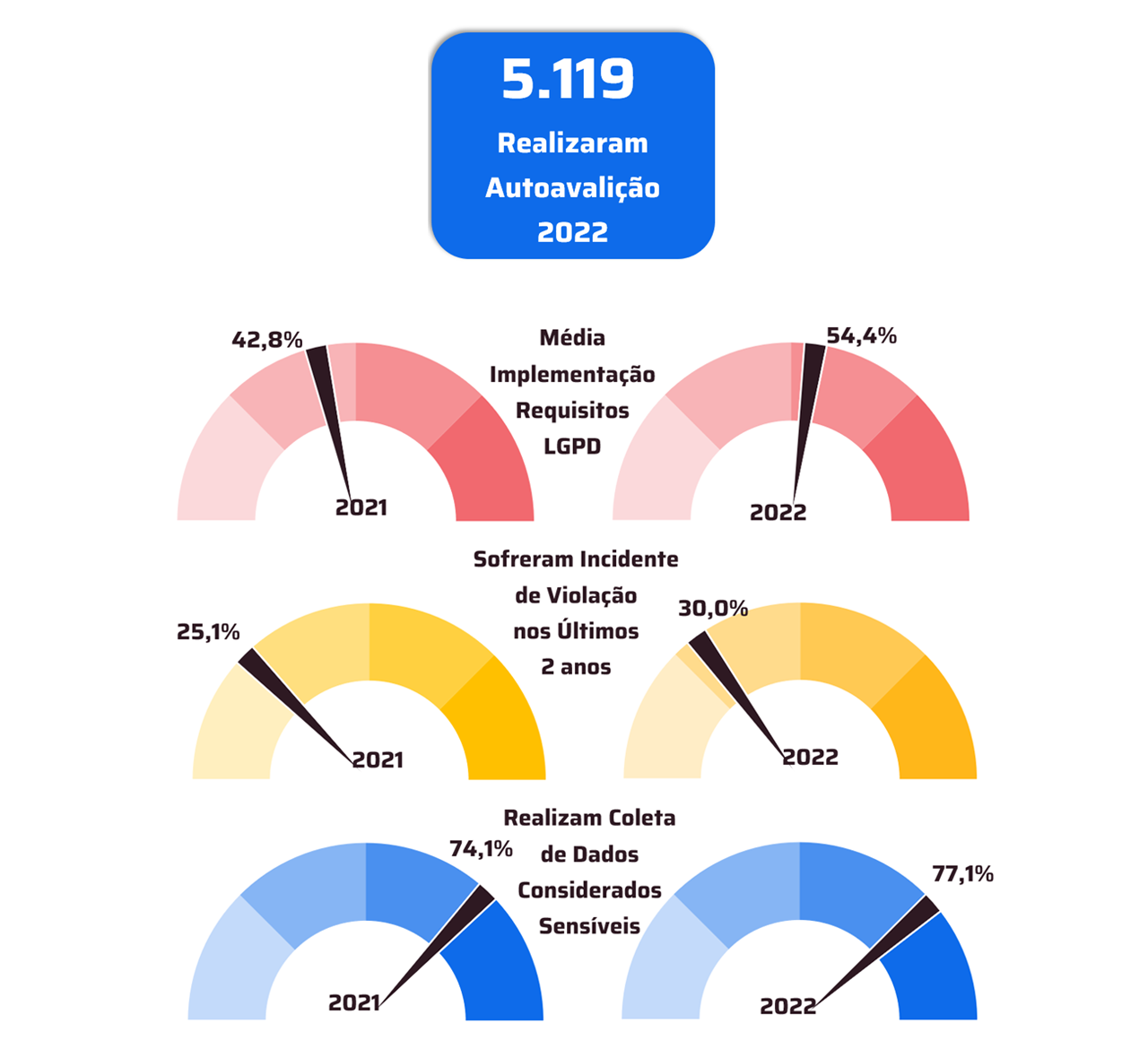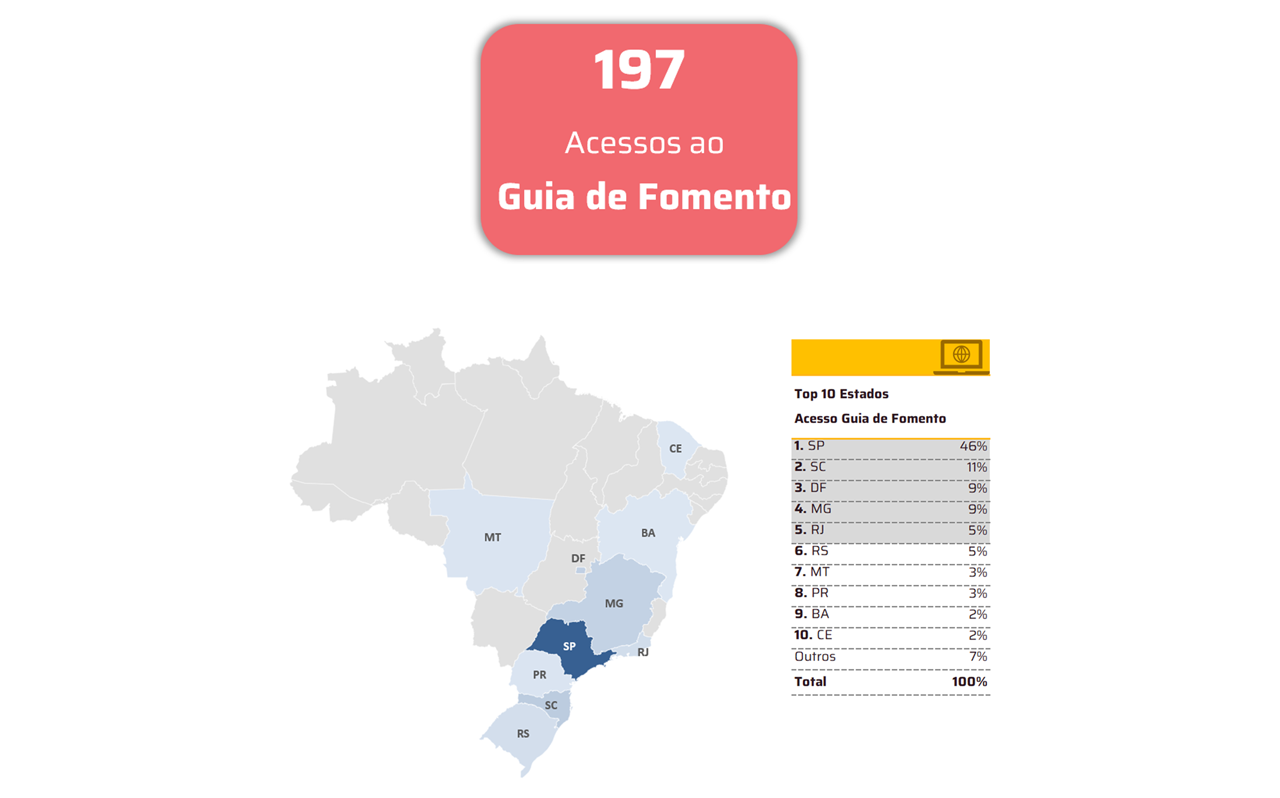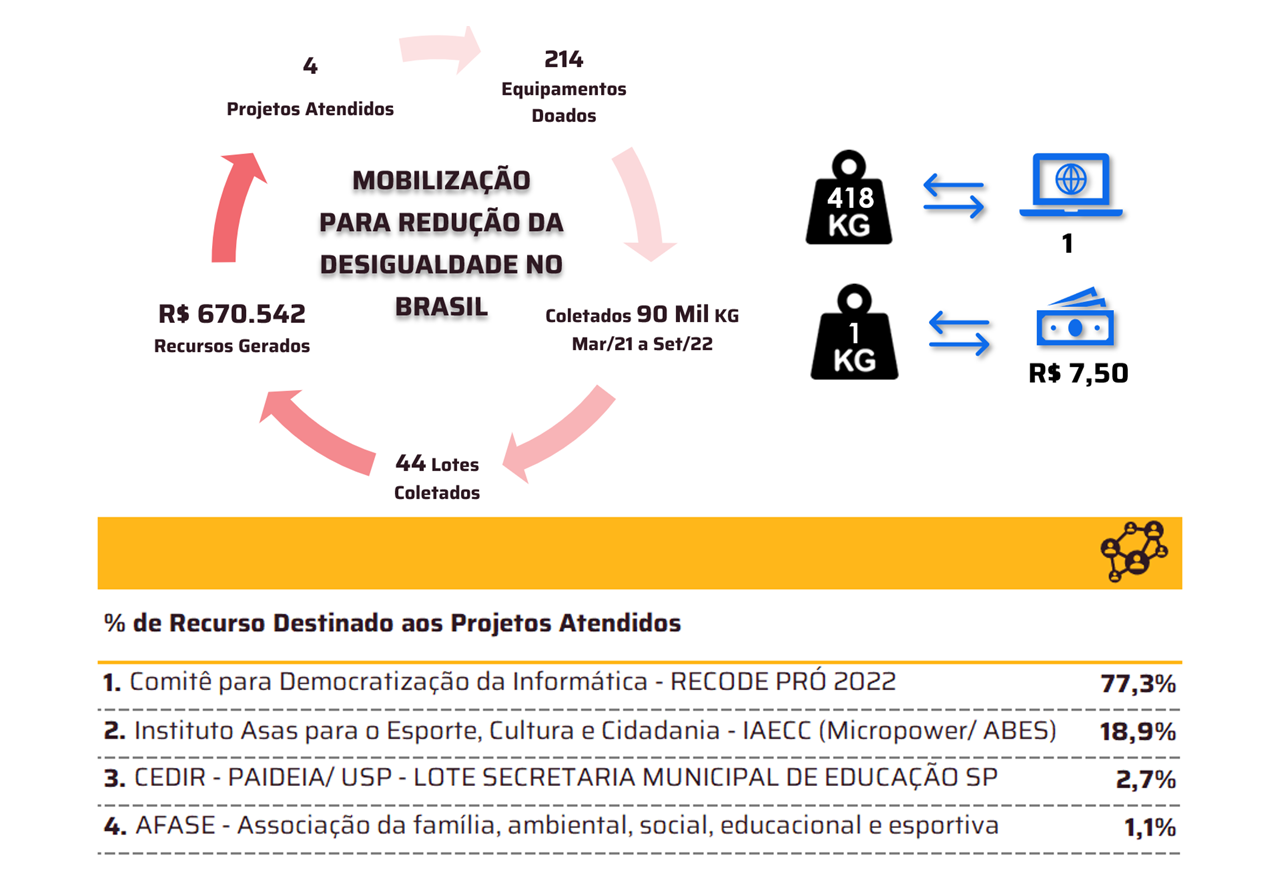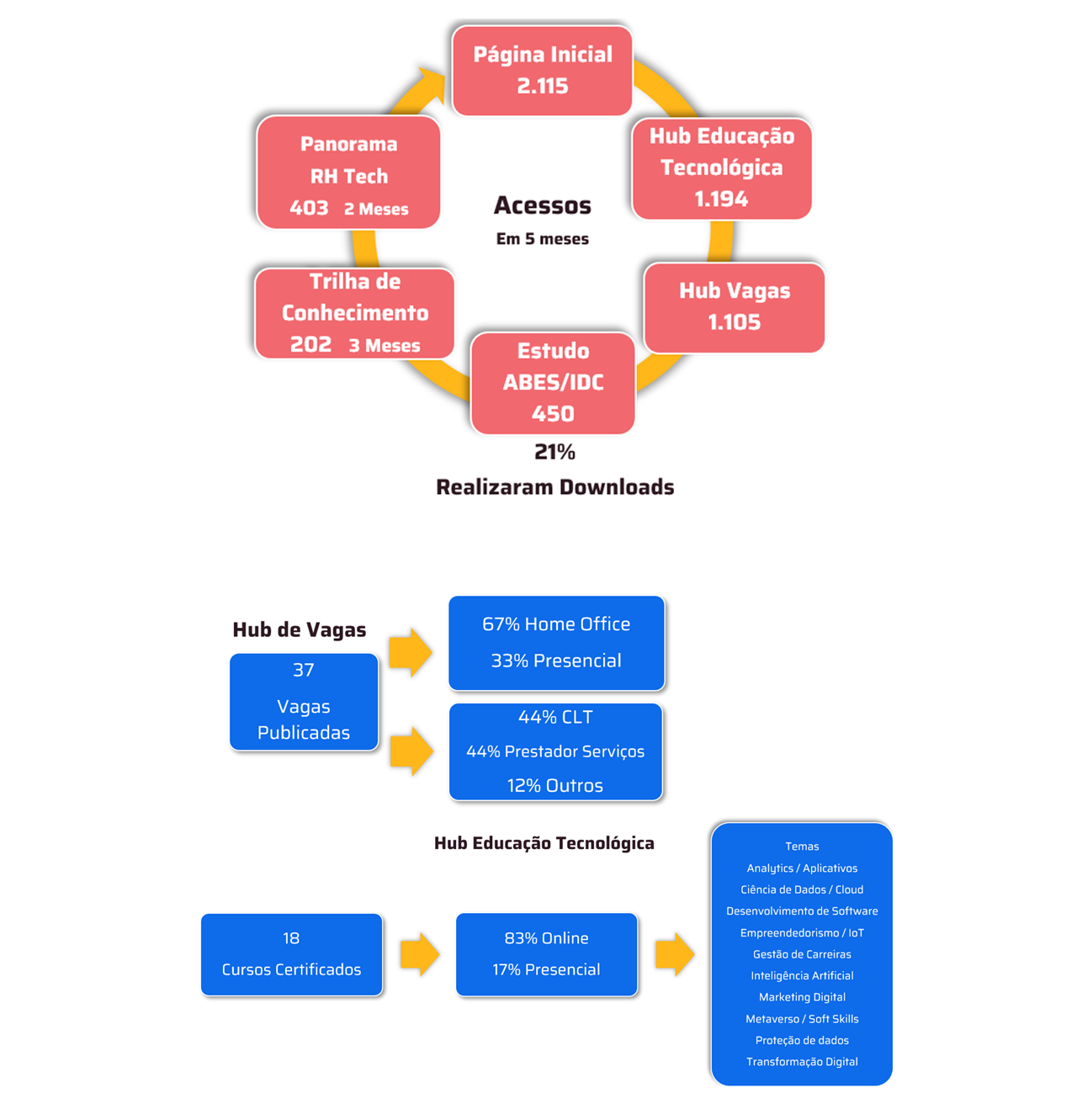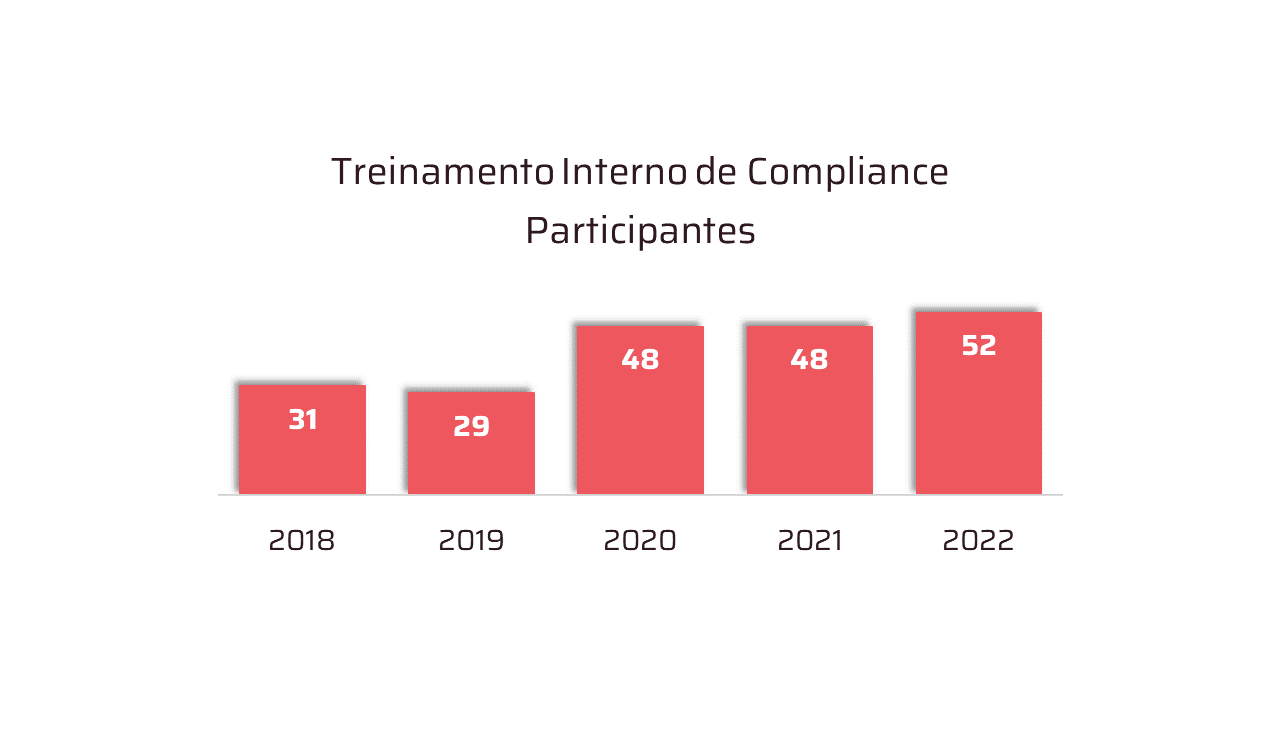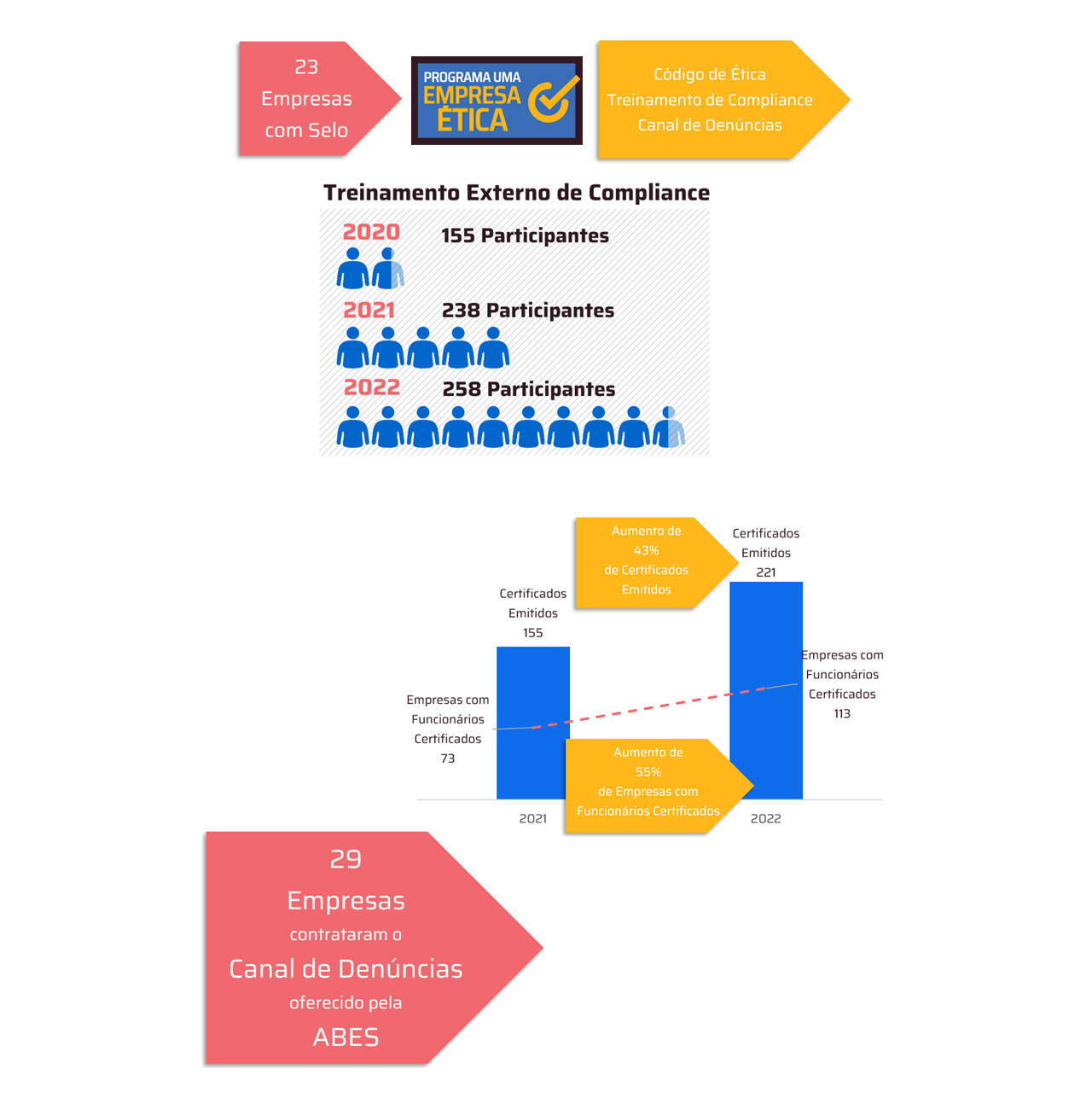 *By Fabricio Cordeiro
*By Fabricio Cordeiro
The conversion from SAP ECC to SAP S/4HANA has been making waves in the technology market as the deadline for SAP to discontinue support for ECC in December 2027 approaches. For many organizations, this deadline serves as a wake-up call, forcing them to rethink their IT strategies and triggering a rush to upgrade. The question now is not just when to convert, but how to do it effectively and reap the benefits of a more modern, intelligent system.
Despite the deadline, this transition is still taking place slowly. Global data released by Gartner in the second quarter of 2023 indicates that only 33% of SAP customers who still have the company's legacy ERP have already purchased licenses to begin their transition to S/4HANA. This scenario is linked to the fact that the migration to SAP S/4HANA represents a significant change, going beyond a simple software update.
SAP S/4HANA RISE is a SaaS (Software as a Service) governance ERP for large enterprises, designed to help move SAP systems to the cloud quickly, securely and efficiently, ensuring scalability, cost optimization and continuous innovation. With the migration, the software contracting model also changes. In SAP ECC, companies purchased perpetual licenses and were responsible for the infrastructure. In the SAP S/4HANA RISE contracting model, companies contract the license, infrastructure and technical management together, reducing the workload on IT teams.
In this scenario, the concept of “Composable Enterprise” is the main transformation. Instead of a single ERP package, companies can now choose specific components such as SuccessFactors (HR) or Concur (expenses), for example, all natively integrated.
AI: from necessity to challenges
SAP RISE is nothing more than a modernization offering for a Cloud ERP enabled for Artificial intelligence (IA), which is managed and optimized by SAP, and provides tools and services based on the approach clean core so that corporations can migrate systems on premise, transform business processes, drive continuous innovation and rely on all the agility of the cloud.
However, the path to this migration is not without its challenges. One of the main obstacles is cost. Implementing SAP S/4HANA can require a significant investment, both in terms of money and time. As a result, many companies are hesitant to migrate, not only because of the initial investment, but also because of the fear of disruptions to operations during the process. The transition requires assertive strategic planning, in which system customization, team training and adaptation to new processes need to be considered.
Implementation can also bring challenges related to the existing IT infrastructure. Some companies may need to modernize their platforms to take full advantage of the new system, which requires even more resources and time. In this context, it is essential to choose a strategic partner to carry out a assessment detailed that will evaluate the entire current environment in order to propose best practices for migration, with a main focus on reducing costs and optimizing resources.
But after all, is SAP RISE worth it?
SAP's big promise with RISE is the automation of processes and the centralization of data, so that organizations can improve operational agility, ensure greater capacity to adapt to changes and, most importantly, a more integrated customer experience. In addition, integration with the environment cloud, be it SAP BTP or other clouds, and the use of advanced technologies aims to facilitate continuous innovation, allowing companies to stay ahead of market demands.
The fact that 721% of companies worldwide will have adopted AI by 2024, according to a McKinsey study, points to what has become essential to remain competitive in the market: investment in digital evolution. Thus, this step by SAP comes as yet another alternative, as a way to meet fundamental characteristics sought by companies, such as the ability to process large volumes of data. Dice in real time to transform the way they operate, enabling rapid adjustments to business strategy.
In addition, other features presented, such as lower complexity, also have a direct impact on operational efficiency, reducing costs and improving productivity. In addition, native integration with other emerging technologies, such as IoT (Internet of Things) and ML (Machine Learning), pave the way for the development of innovations that can be the differentiator for the competitiveness of corporations in the future.
Therefore, it is essential that corporations using SAP start planning their migration to S/4HANA as soon as possible, not only to meet the 2027 deadline, but to avoid a rushed, poorly executed transition and outdated operation.
Therefore, the strategy must include a detailed assessment of business needs, a careful study of the impact on the existing infrastructure and an informed choice about the implementation model. Migration is more than a technical step; it is an opportunity for companies to evolve digitally and position themselves more competitively in an increasingly dynamic market.
*Fabrício Cordeiro is Latam Director of SAP Technology and Business at SoftwareOne, a leading global provider of end-to-end solutions for software and cloud technology.
Notice: The opinion presented in this article is the responsibility of its author and not of ABES - Brazilian Association of Software Companies





